Barbacoa: What Exactly Is This Flavor-Packed Staple Everyone’s Talking About?
If you've ever sunk your teeth into tender, spice-rubbed meat that just melts in your mouth, chances are you've experienced the magic of barbacoa. But what exactly is this beloved dish — and why does it sound more like a cooking style than a specific recipe? From backyard cookouts to street tacos, barbacoa is a culinary tradition with deep roots and a smoky flavor that keeps foodies craving more.
Table of Contents
- What Is Barbacoa? A Deep Dive into Its Roots
- Barbacoa vs. Other Cooking Methods: How Is It Different?
- The Spice Factor: Essential Flavors in Barbacoa
- How to Cook Barbacoa at Home — Like a Pro
- Where to Buy Authentic Barbacoa Ingredients
- Barbacoa Across Cultures: Regional Twists & Variations
- Frequently Asked Questions About Barbacoa
- Conclusion: Why Every Kitchen Should Know Barbacoa
What Is Barbacoa? A Deep Dive into Its Roots
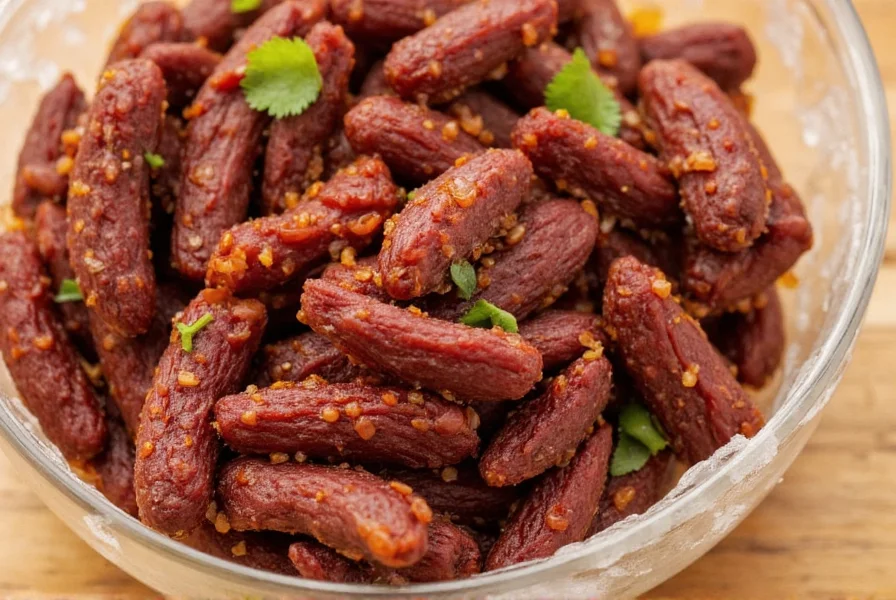
The word barbacoa may ring a bell — especially if you're familiar with Mexican cuisine. But its origins actually predate modern-day Mexico by centuries. The term comes from the indigenous Taino people of the Caribbean, who used a wooden framework (called a 'barbaca') to slow-roast meats over an open fire.
Over time, the Spanish adopted and adapted the method, spreading it throughout Latin America and beyond. Today, barbacoa typically refers to meat — often beef, lamb, or goat — that's been marinated in spices and then slowly cooked until it's incredibly tender and full of flavor.
A Cultural Classic
In countries like Mexico, barbacoa isn’t just food — it's a Sunday tradition, often enjoyed with family and friends after church. In fact, many towns have their own unique take on barbacoa, from the type of meat used to the spices in the marinade.
Barbacoa vs. Other Cooking Methods: How Is It Different?
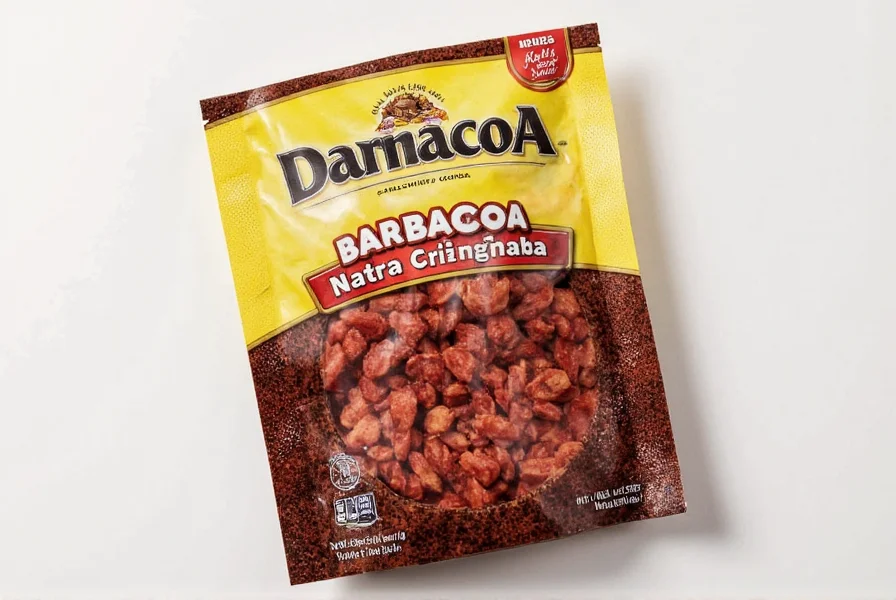
You might be thinking, 'Isn’t barbacoa just another name for barbecue?' While there are similarities, the differences lie in technique, regional ingredients, and cultural significance.
| Cooking Style | Origin | Typical Meat | Cooking Method | Signature Flavors |
|---|---|---|---|---|
| Barbacoa | Mesoamerica / Mexico | Lamb, beef, goat | Slow-cooked underground or in pots | Dried chilies, garlic, cumin, vinegar |
| BBQ (American) | United States | Pork, brisket | Smoked or grilled | Sweet molasses, paprika, mustard, tomato |
| Low & Slow | Global fusion | Variety | Oven, smoker, crockpot | Varied based on region or chef |
As you can see, barbacoa is more than just low-and-slow cooking — it’s about authenticity, heritage, and the right blend of earthy and spicy flavors.
The Spice Factor: Essential Flavors in Barbacoa
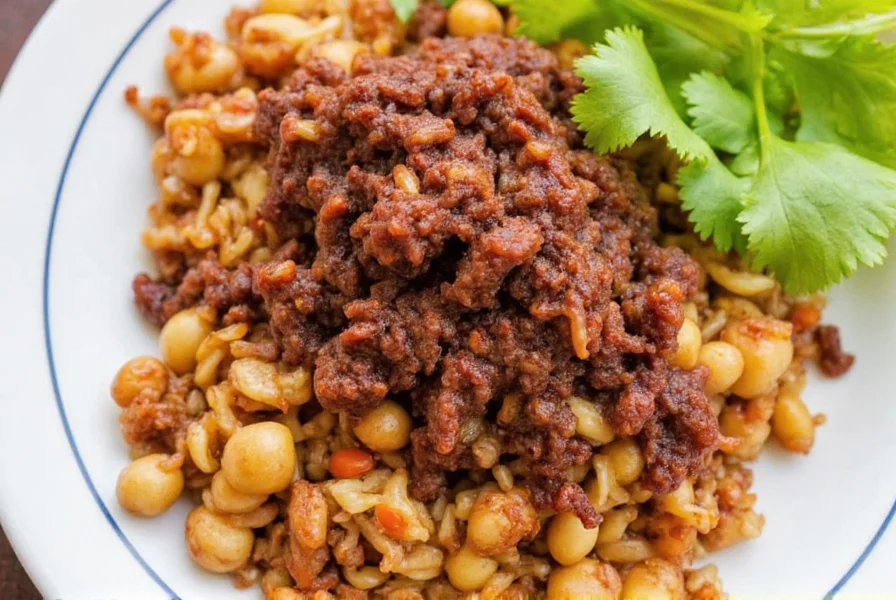
Spices are the soul of any great barbacoa. Without them, you’re just simmering meat — not creating a culinary masterpiece. Here’s a breakdown of the most essential spices and ingredients that define barbacoa:
- Ancho chili powder: Adds depth and mild heat
- Guajillo chili: Tangy and slightly fruity flavor
- Garlic: Pungent, earthy base note
- Cumin: Smoky warmth
- Black pepper: Sharpens other flavors
- Vinegar or citrus juice: Brightens the marinade
Pro Tip: Make Your Own Paste!
Create a custom barbacoa paste by blending dried chilies, garlic, onion, cumin, salt, and a splash of apple cider vinegar. Store it in a jar and use it as needed — it’s perfect for meal prep or quick taco nights.
How to Cook Barbacoa at Home — Like a Pro
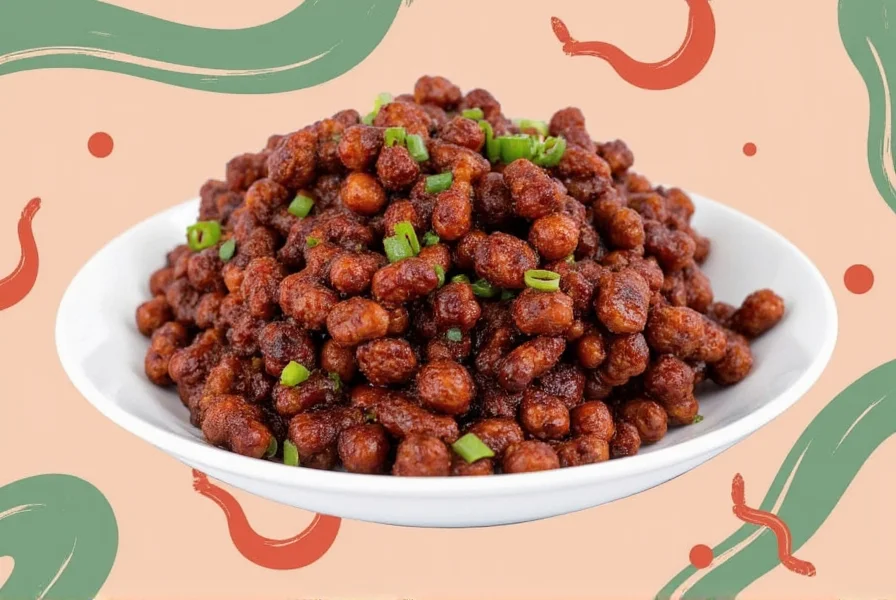
Don’t have a pit in your backyard or access to a traditional underground oven? No problem! You can recreate authentic-tasting barbacoa right in your kitchen using these easy methods:
- Choose the right cut: Look for beef chuck roast, lamb shoulder, or goat meat. These cuts become ultra-tender when slow-cooked.
- Marinate overnight: Coat the meat generously with your homemade barbacoa paste and refrigerate for at least 8 hours.
- Slow-cook options:
- Instant Pot/Pressure Cooker: 60–90 minutes under pressure
- Slow Cooker: 6–8 hours on low
- Oven: Wrap in foil and bake at 300°F (150°C) for 3–4 hours
- Shred and serve: Use two forks to pull apart the meat, then add it to tacos, burritos, or sandwiches.
Pro Tip: Add Bone Broth for Extra Depth
While cooking, add a cup of bone broth or beef stock to enhance richness and help the meat stay moist during long cooking times.
Where to Buy Authentic Barbacoa Ingredients

If you don’t want to make your own spice mix, here are some top-quality products that bring real barbacoa flavor without the fuss:
- Goya Adobo Seasoning with Garlic: Affordable, widely available, and packed with flavor.
- Badia Barbacoa Seasoning Blend: Designed specifically for this dish — includes all the essential spices.
- Ranchero Barbacoa Paste: Ready-to-use paste with no artificial additives.
- Torchy’s Taco Brand Paste: Great for home cooks looking for restaurant-style results.
Buying Guide: What to Look For
| Product | Best Feature | Use Case | Audience |
|---|---|---|---|
| Goya Adobo | Widely available, affordable | Everyday cooking, tacos, stews | Home cooks, beginners |
| Badia Blend | Pre-mixed for barbacoa | Meal prep, slow cooker meals | Intermediate users |
| Ranchero Paste | Ready-to-use, no prep | Weeknight dinners, tacos | Busy professionals |
| Torchy’s Paste | Restaurant-quality taste | Entertaining, gourmet dishes | Culinary enthusiasts |
Barbacoa Across Cultures: Regional Twists & Variations
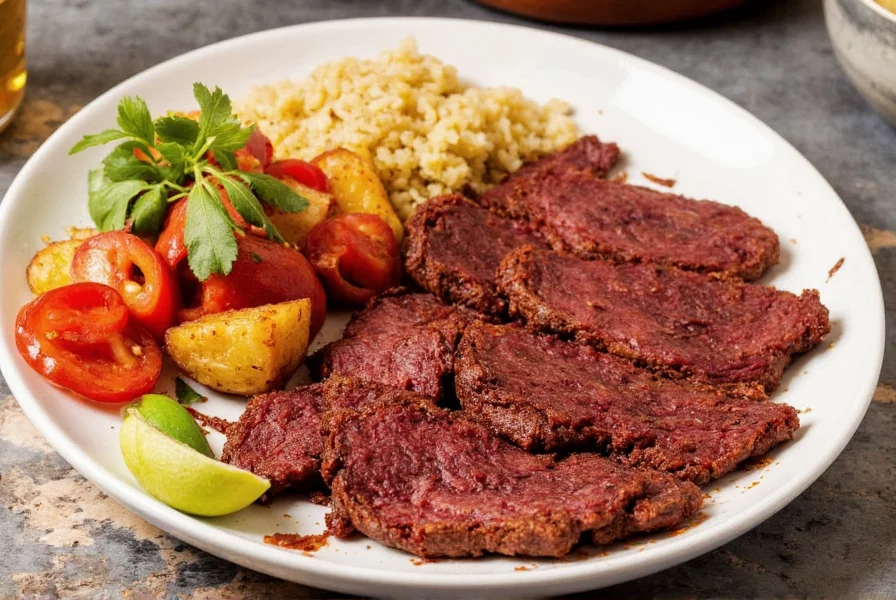
Though rooted in Mesoamerican culture, barbacoa has taken on different forms across the globe. Here’s how various regions have made it their own:
- Mexico (Original): Traditionally wrapped in maguey leaves and cooked in an underground pit.
- Texas: Uses smoked beef brisket seasoned with local spices — think Texas barbecue meets Mexican flavor.
- Philippines: Known as “balbacua,” this version features beef shank cooked in soy sauce, vinegar, and annatto oil.
- Peru: Sometimes called “carapulcra,” which uses dried potatoes and ají peppers alongside the meat.
Pro Tip: Try Fusion Versions
Experiment with adding global ingredients like lemongrass, coconut milk, or curry paste to create your own fusion barbacoa — the sky’s the limit!
Frequently Asked Questions About Barbacoa
Can I Make Barbacoa Vegetarian?
Absolutely! Substitute jackfruit, mushrooms, or tofu for meat. Marinate them in the same spice blend and slow-cook until tender.
Is Barbacoa Spicy?
It can be, but it doesn't have to be. Adjust the amount of chili used in the marinade based on your spice tolerance.
Can I Freeze Barbacoa Meat?
Yes! Shredded barbacoa freezes beautifully. Store in airtight containers for up to 3 months and reheat with a bit of broth for moisture.
How Long Does the Marinade Need to Sit?
For best results, let the meat marinate for at least 8 hours — ideally overnight — to fully absorb the flavors.
Conclusion: Why Every Kitchen Should Know Barbacoa
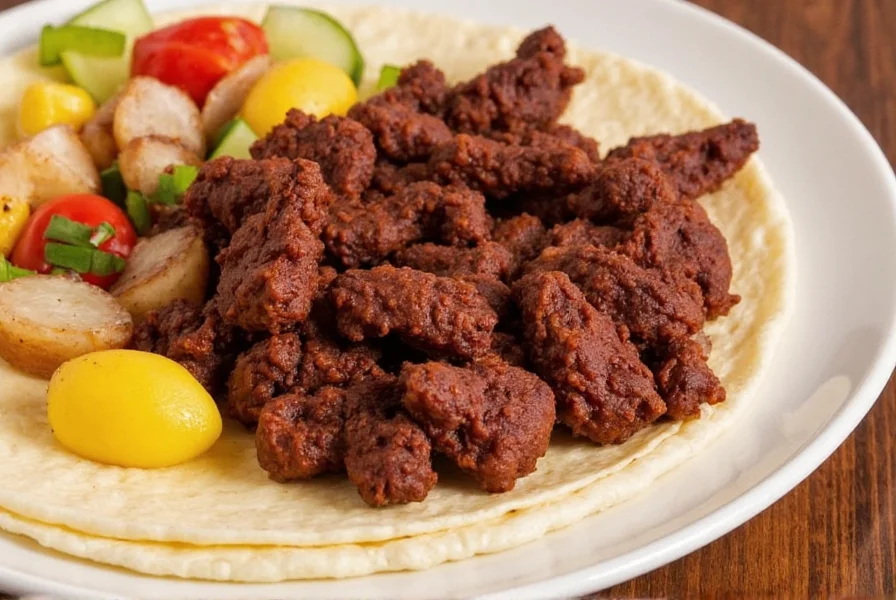
Barbacoa isn’t just a dish — it’s a journey through history, culture, and flavor. Whether you’re a seasoned chef or a curious home cook, mastering barbacoa will elevate your cooking game and impress everyone at the table.
From the rich spice blends to the slow-cooking techniques, barbacoa offers something for every palate. And with so many ways to adapt and enjoy it, there’s no reason not to give it a try. So grab your favorite meat (or veggie alternative), dust off those spices, and get ready to fall in love with one of the world’s most flavorful traditions.











 浙公网安备
33010002000092号
浙公网安备
33010002000092号 浙B2-20120091-4
浙B2-20120091-4